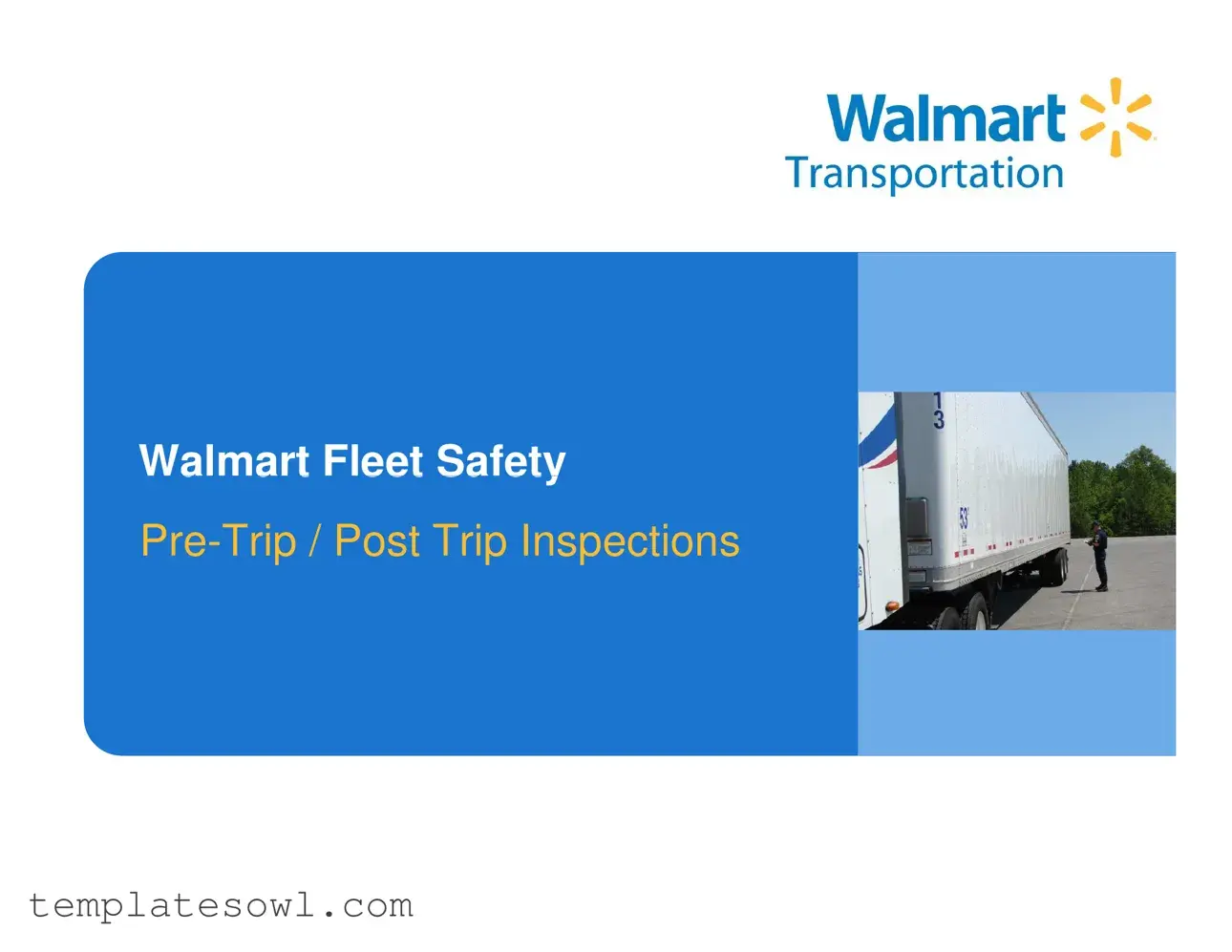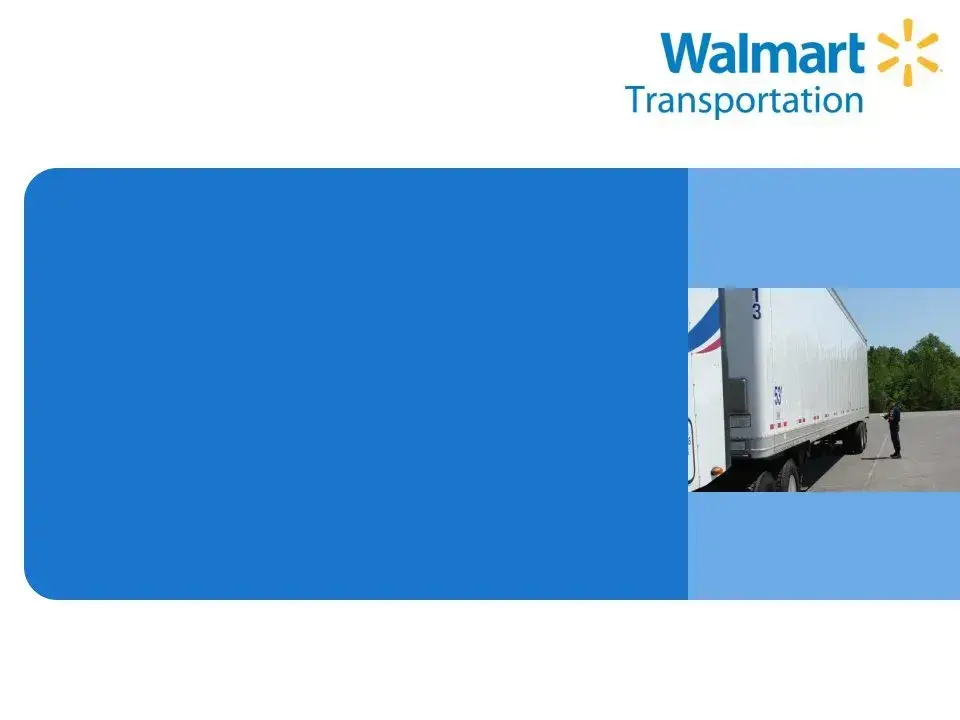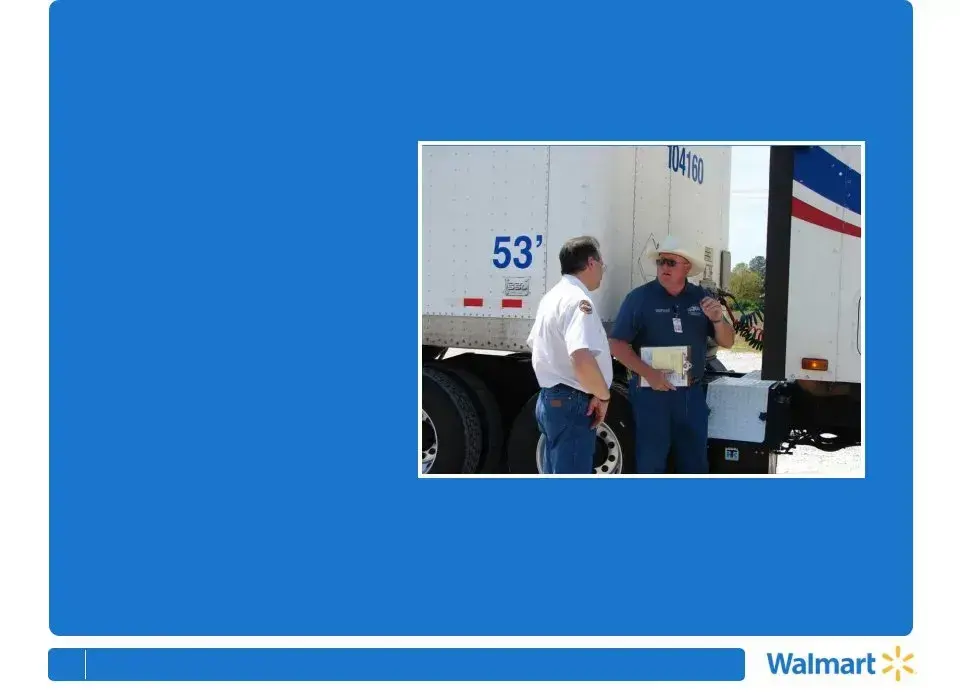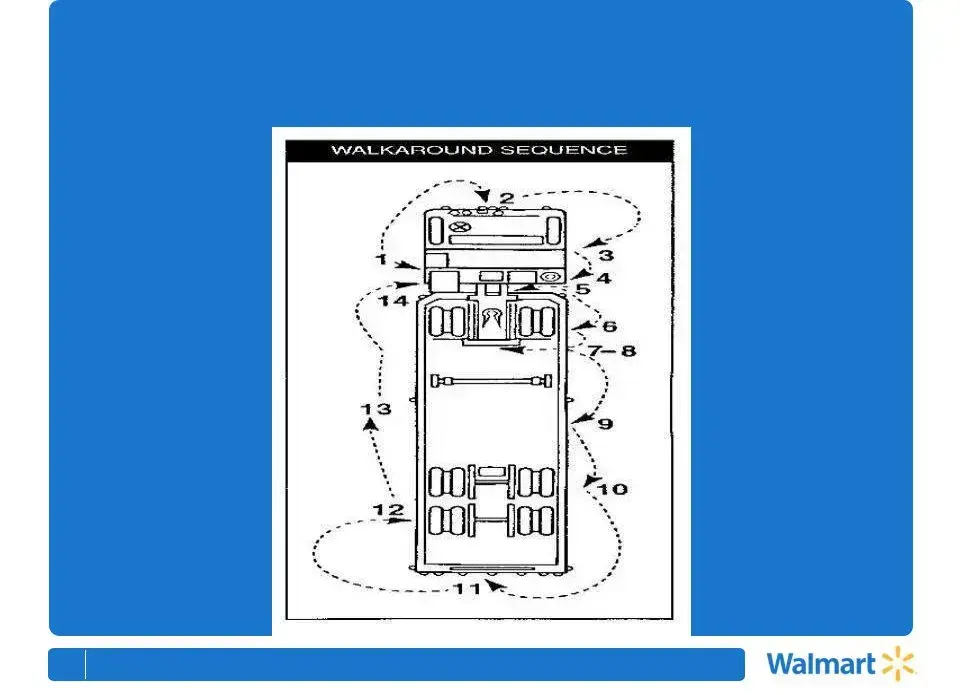Is a pre-trip inspection important?
Absolutely. According to federal regulations, specifically 396.13 of the Federal Motor Carrier Safety Administration (FMCSA), every driver must ensure that the vehicle is in safe operating condition before driving. This crucial step helps prevent accidents and keeps everyone on the road safer.
How long does it take to do a proper pre-trip inspection?
Typically, a thorough pre-trip inspection takes about 8 to 10 minutes. However, the exact duration may vary depending on the individual conducting the inspection and the type of equipment being inspected. It’s essential to dedicate enough time to check all necessary components to ensure safety.
How often is a pre-trip inspection required?
A pre-trip inspection is required every time a driver operates a vehicle. As stated in FMCSA regulation 396.13, it's mandatory for drivers to confirm that their vehicle is in safe operating condition before starting their journey. This practice is vital for ongoing vehicle maintenance and safety.
How often is a post-trip inspection required?
Post-trip inspections are required anytime there is a change of equipment or at the end of each day’s work. As per FMCSA regulation 396.11, drivers must prepare a written report at the conclusion of each day’s work concerning the vehicles they operated. This ensures any issues are documented and can be addressed promptly.
What should be included in a pre-trip inspection?
A pre-trip inspection should cover several critical areas, including checking the brakes, steering, tires, lights, fuel, and fluid levels. Additionally, drivers should inspect the mirrors and windshield, ensuring visibility is unobstructed. A systematic approach helps identify potential problems before they become serious issues.
What happens if a pre-trip inspection is not done?
If a driver skips the pre-trip inspection, they could be driving an unsafe vehicle, which increases the risk of accidents. Not complying with FMCSA regulations can also lead to legal penalties for both the driver and the trucking company. Prioritizing pre-trip inspections is integral to safe and responsible driving.










